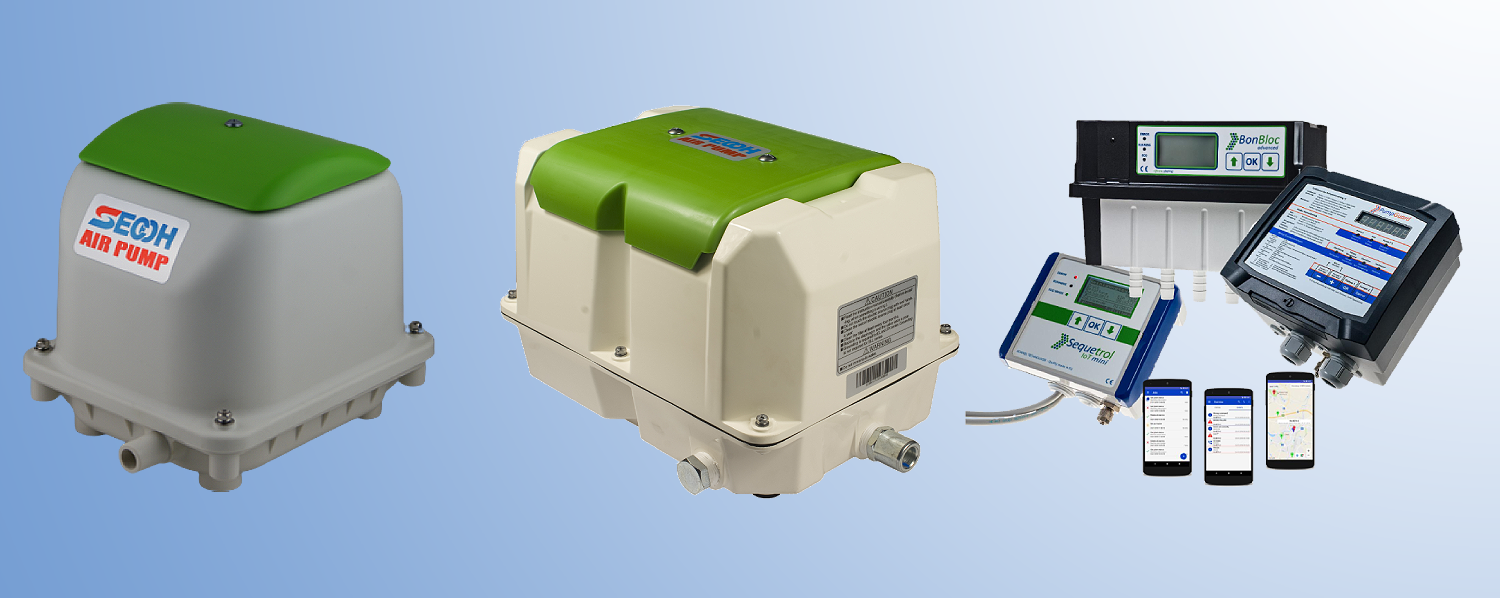The Crucial Role of Wastewater Treatment: Protecting Our Planet and Health

Did you know? Despite water covering about 71% of the Earth's surface, a mere 3% is freshwater, with only 0.5% being available for human use. The bulk, 97%, is locked in oceans, too salty for consumption or agricultural activities. Moreover, 2.5% is trapped in glaciers, polar ice caps, the atmosphere, and soil or is contaminated beyond immediate use. It underscores the importance of safeguarding and purifying our available freshwater. Wastewater treatment, by removing contaminants and pollutants, plays a vital role in preserving this precious resource, ensuring a sustainable water supply for current and future generations. The urgency of wastewater treatment becomes paramount in maintaining the delicate balance of our planet's water distribution and meeting the escalating demands for clean, usable water.
Water, a precious resource often taken for granted, faces increasing threats due to rapid global population growth and industrialization. Addressing these challenges is imperative, and a key solution lies in wastewater treatment. This process is pivotal in removing harmful pollutants from water, safeguarding both our health and the delicate ecosystems dependent on clean water.
The Urgency of Wastewater Treatment
The growing water scarcity crisis, with over 2 billion people lacking access to safe drinking water, underscores the need for wastewater treatment. Untreated wastewater can contaminate water bodies, spread waterborne diseases, and contribute to environmental degradation. The health risks are equally dire, with waterborne diseases and exposure to toxic chemicals leading to severe consequences, especially in areas with limited access to medical care. Wastewater treatment is crucial in mitigating these risks and preserving our natural resources.
Benefits of Wastewater Treatment
Wastewater treatment not only protects the environment and public health but also yields valuable resources like biosolids and methane gas. These by-products can be used as fertilizer and for electricity generation. Furthermore, treated water can be reused, reducing water scarcity and conserving freshwater resources.
Use of Air pumps and control units and systems

Air pumps play a crucial role in wastewater treatment processes, specifically in aeration tanks. Aeration is a key component of secondary treatment, which follows the primary treatment where larger solids are settled out. In the secondary treatment, the focus is on breaking down and removing dissolved and suspended organic materials from the wastewater.
Here's how air pumps contribute to wastewater treatment:
Aeration Process:
Introduction of Oxygen:
- Air pumps are used to inject oxygen into the wastewater in aeration tanks.
- This oxygen is essential for the growth and activity of aerobic bacteria.
Aerobic Bacteria Activity:
- The introduced oxygen supports the growth of aerobic bacteria, which are microorganisms that thrive in the presence of oxygen.
Biological Treatment:
- Aerobic bacteria play a vital role in breaking down organic pollutants present in the wastewater.
- These bacteria consume and metabolize organic matter, converting it into simpler, less harmful substances.
Key Functions:
BOD (Biochemical Oxygen Demand) Reduction:
- The aeration process helps reduce the BOD of the wastewater. BOD is a measure of the amount of oxygen required by microorganisms to decompose organic matter in water.
- Lowering BOD is crucial as it indicates a decrease in the organic load of the wastewater.
Nitrogen Removal:
- Aeration also promotes the conversion of ammonia (a form of nitrogen often present in wastewater) into nitrate through a biological process called nitrification.
- Subsequent treatment steps can then convert nitrate into nitrogen gas, removing excess nitrogen from the water.
Mixing and Circulation:
- Air pumps create turbulence and mixing in the aeration tank, ensuring that microorganisms are evenly distributed and come into contact with the wastewater.
- This promotes effective treatment and prevents settling of solids.
Odor Control:
- Aeration helps control unpleasant odors associated with anaerobic conditions (lack of oxygen) that might occur in the absence of proper aeration.
Types of Aeration Systems:
Diffused Aeration:
- Involves releasing small bubbles of air into the wastewater using diffusers at the tank bottom.
- This promotes efficient oxygen transfer to microorganisms.
Mechanical Surface Aeration:
- Uses mechanical devices like paddle wheels or propellers to create surface turbulence and enhance oxygen exchange.
Submerged Turbine Aeration:
- Utilizes submerged turbines to induce circulation and aeration.
In summary, air pumps in wastewater treatment facilitate the aeration process, providing the necessary oxygen for aerobic bacteria to thrive and efficiently break down organic pollutants. This biological treatment step is instrumental in improving the overall quality of treated wastewater before its release into the environment.
Looking to the Future
As the global population continues to grow, the significance of wastewater treatment will only intensify. Investment in infrastructure and technology ensures access to clean water for future generations. With innovation driving efficiency, wastewater treatment remains a cornerstone in our commitment to safeguarding the planet and its inhabitants.
Environmental Technology -https://www.bibus.in/products-solutions/environmental-technology/
Torque limiters and Couplings
BIBUS INDIA is the authorized dealer of R+W torque limiters and couplings in India.
ACE Shock Absorbers
BIBUS India Now Authorized Distributor of ACE Industrial Shock Absorbers in South India
adjustable height industrial workbench
Ergonomic electric height adjustable industrial workbench







